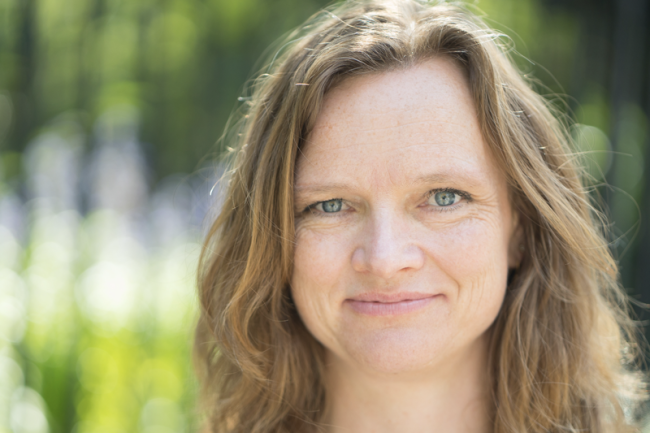Mette Mortensen, new Ander Visiting Professor in Geomedia Studies
2024-08-12Mette Mortensen is a professor of media studies at the University of Copenhagen with a doctorate in art and literature and an interdisciplinary background with a Master’s in literary history. Mette’s focus has long been the relationship between images and power.
Mette, what do you find interesting about the research field of Geomedia?
– I find it both interesting and inspiring that Geomedia looks at media in a societal, cultural and technological context.
How did you come into contact with Geomedia at Karlstad University?
– I have followed the work that researchers in Geomedia have published for many years, especially in areas such as medialisation, digitalisation, journalism and democracy. Therefore, I was both happy and honoured when I received an invitation to be a visiting professor at Karlstad University.
You have developed an interest in the way media covers war situations. The Iraq War in the 2000s had a lot of media coverage. Can you describe the developments in the media up until the war between Russia and Ukraine?
– The most significant development is that the Iraq War was mainly covered by mass media such as TV and newspapers. Meanwhile, social media has become increasingly influential, changing people’s access to information and enlightenment. For example, the Russian invasion of Ukraine has been a central topic where soldiers, citizens and others who are directly involved share images on social media. At the same time, the traditional, state-controlled media propaganda continues to be strong during the war in Ukraine across various media platforms.
Given the overwhelming amount of information generated today – how can we filter and analyse media content from an ongoing war or conflict?
– It’s not easy. The established news media play a major role. They gather, filter, fact-check and contextualise images from social media. In addition, a number of new actors have entered the scene, such as Bellingcat and Forensic Architecture, so-called open source actors, who also work to verify images and use them to compile stories of wars and conflicts.
What role do various media play in an ongoing war today?
– Interaction between different media plays a very large role in the coverage of a war because they greatly influence each other. There is a rapidly accelerating cycle in which social media often serves as the starting point for stories that are then published in established news outlets and then circulate again on social media, and so on.
You have also researched political satire, which has been around for a long time. How would you say that today’s satire, such as memes, has affected the political climate?
– Memes influence the political climate by enabling satire for media users. In this way, they contribute to a democratisation of the political debate. On the other hand, it can be said that memes lead to the political debate being focused on individual political leaders rather than general political issues. Together with my colleague Nete Nørgaard Kristensen, I have for example written about memes that on the surface were critical of Donald Trump. Our study showed that these memes, despite their criticism of his populist political communication, simultaneously used the same communicative tools of polarisation, simplification and person-centred communication.
What are your expectations as visiting professor at Karlstad University?
–I’m really looking forward to getting to know my colleagues and their research better. I’m also looking forward to new collaborations and discussions. Moreover, I’m very pleased that researchers from Geomedia will also come to the University of Copenhagen for a joint seminar between Geomedia in Karlstad and Media Studies in Copenhagen in the spring of 2025.


